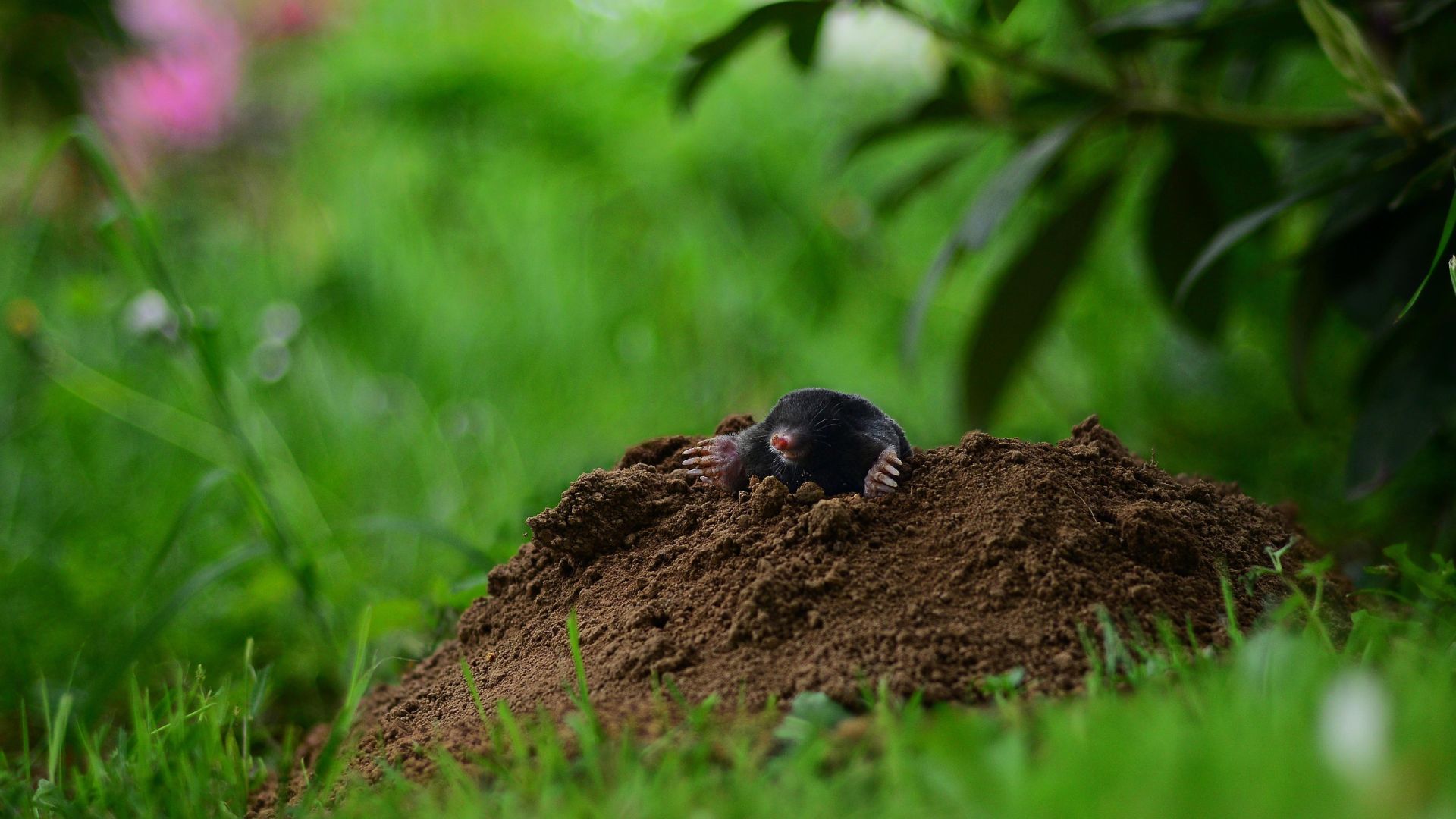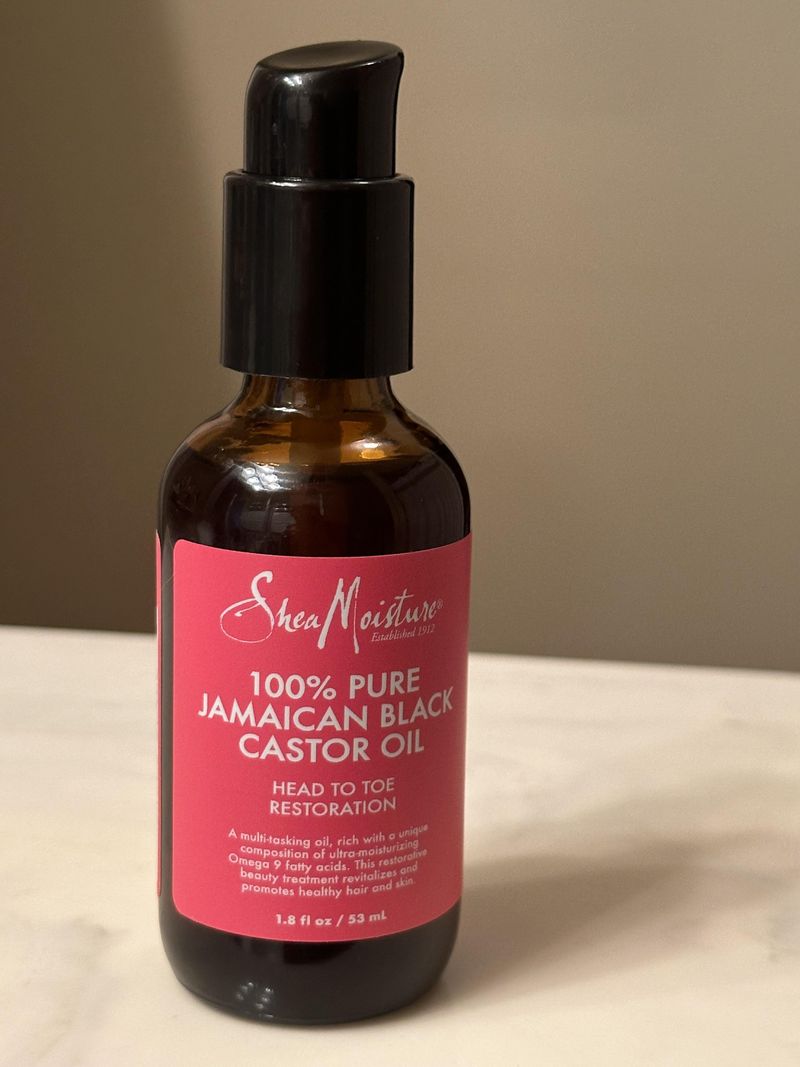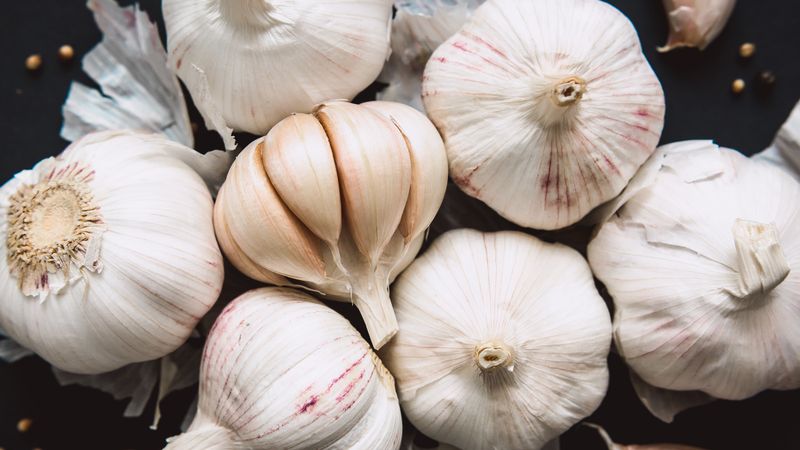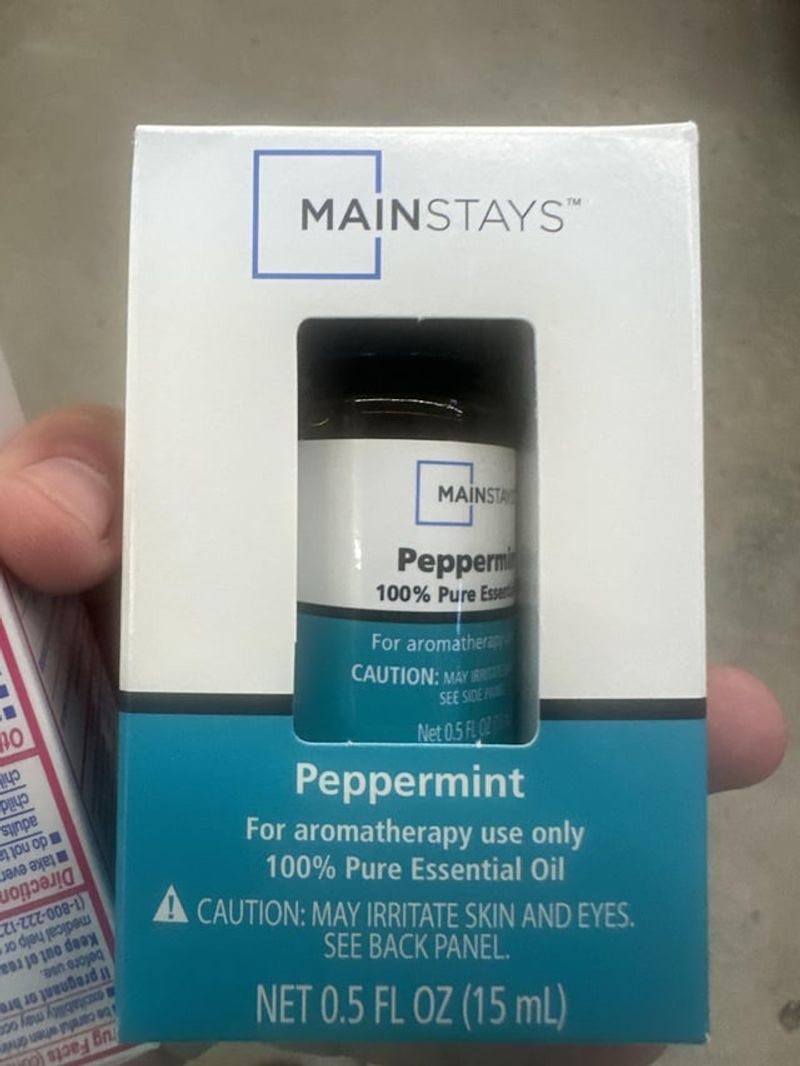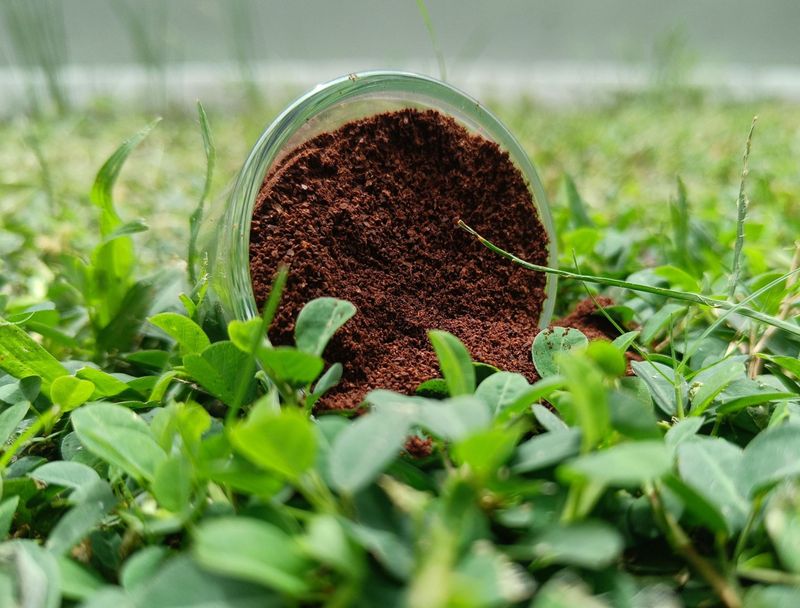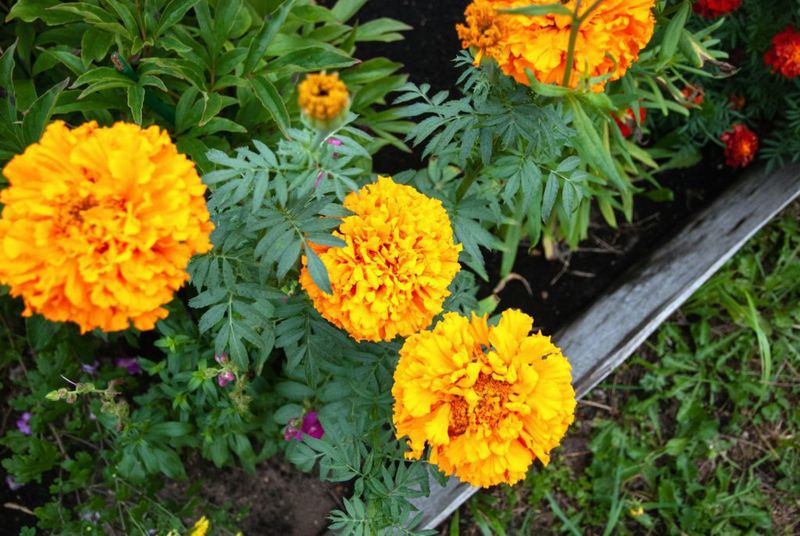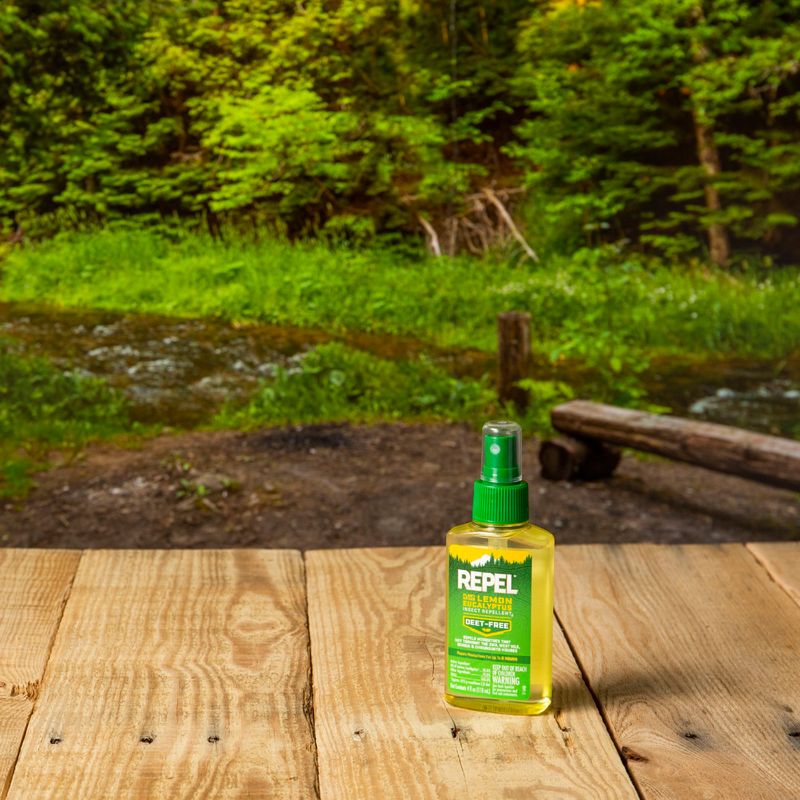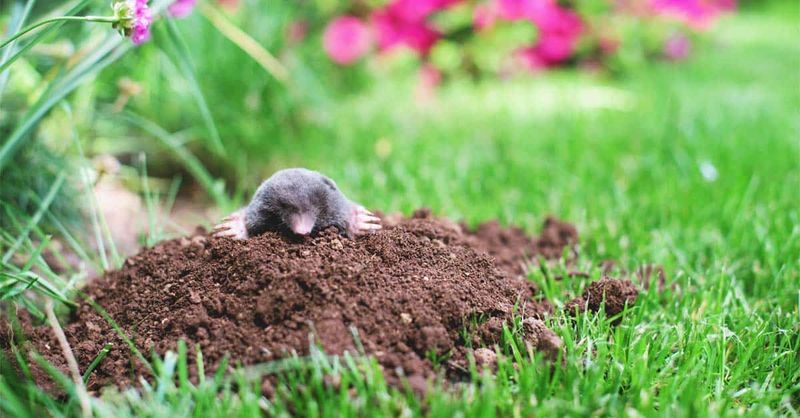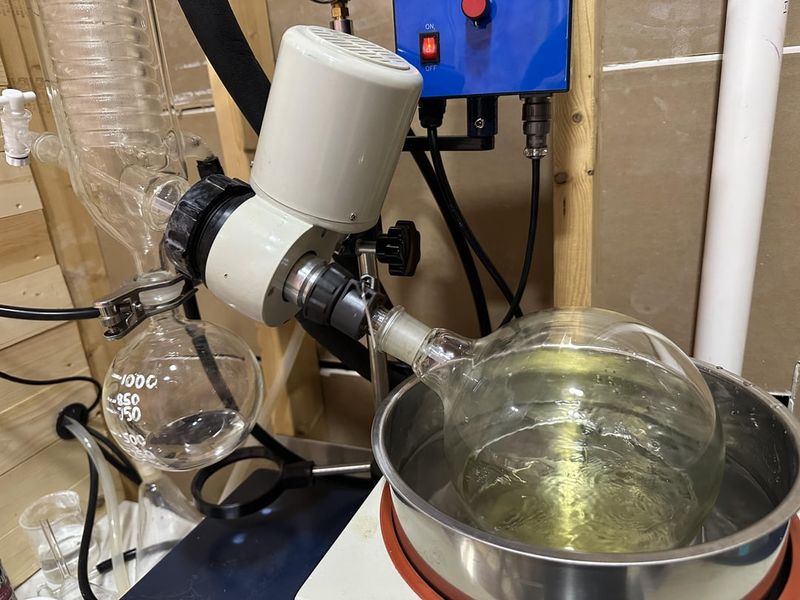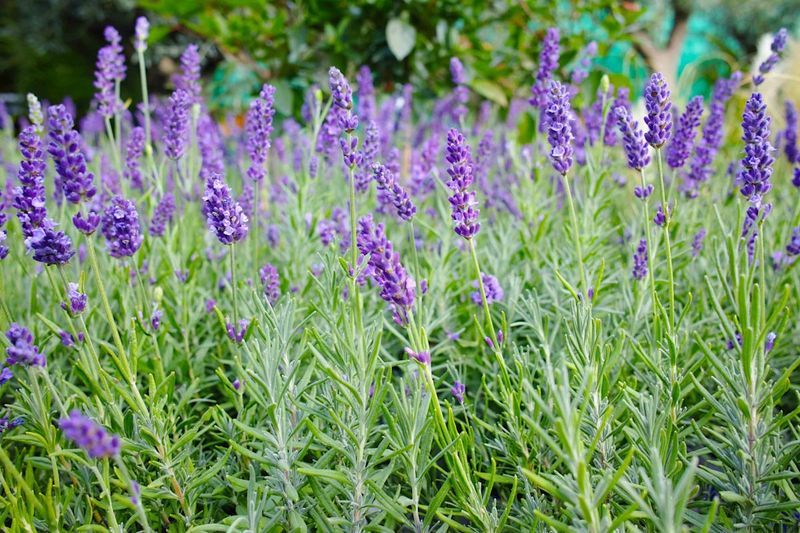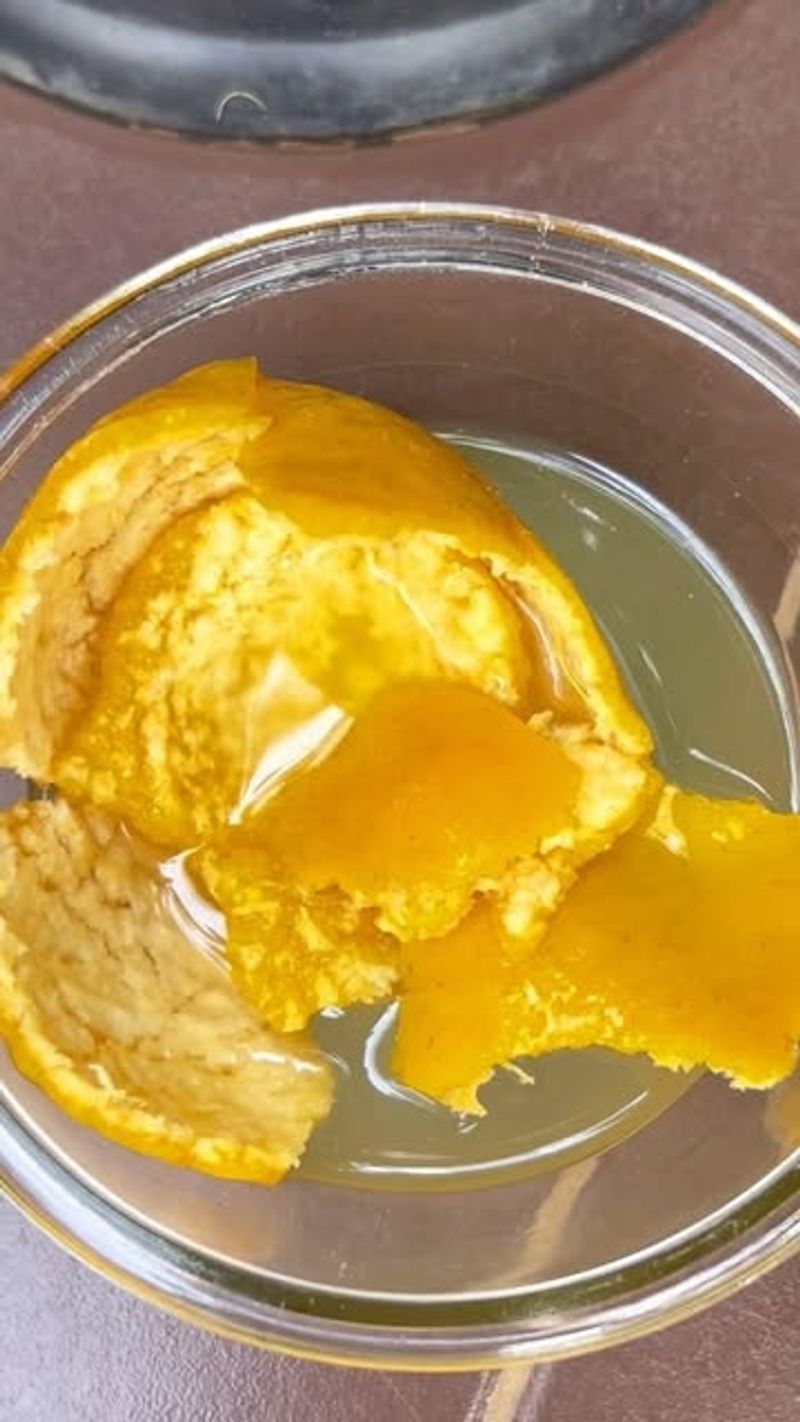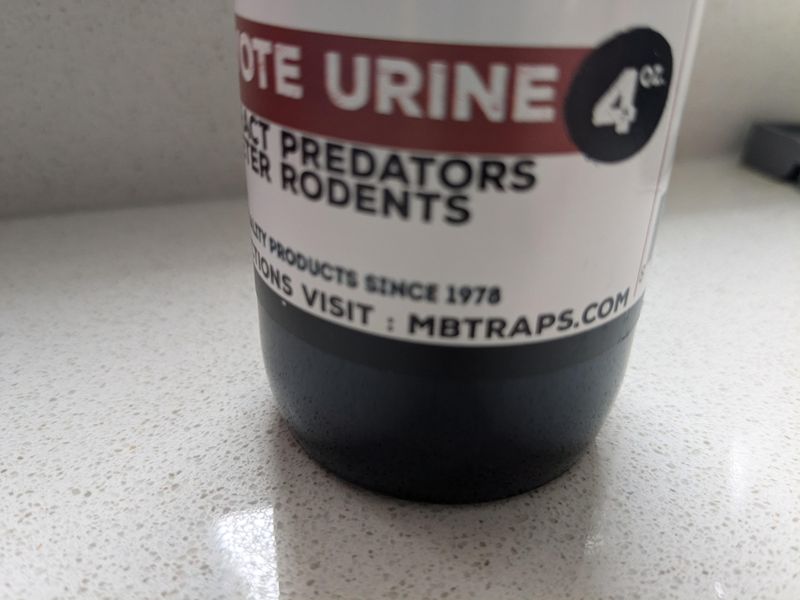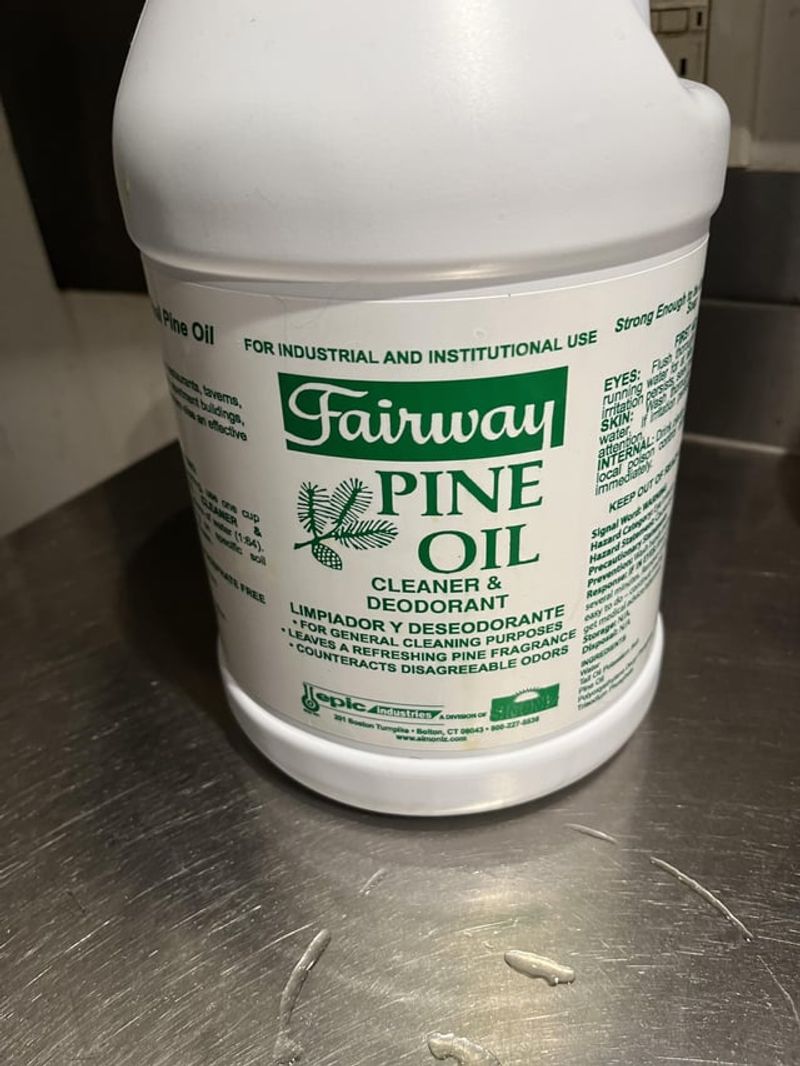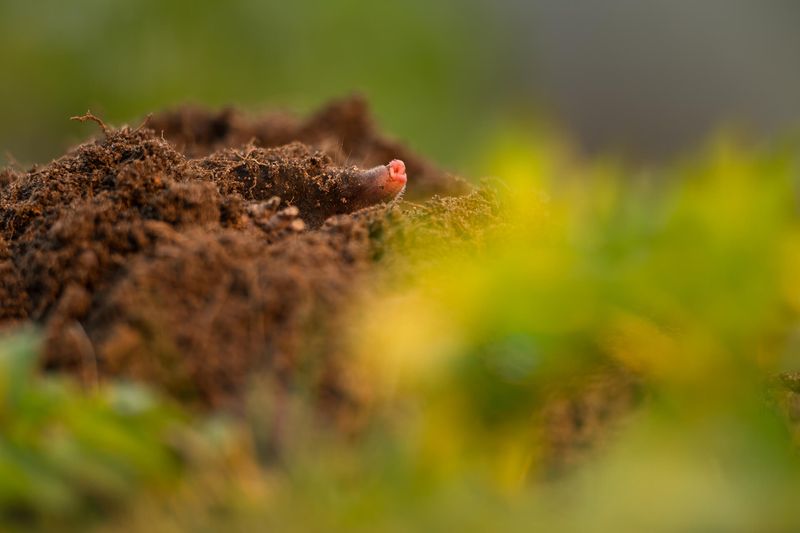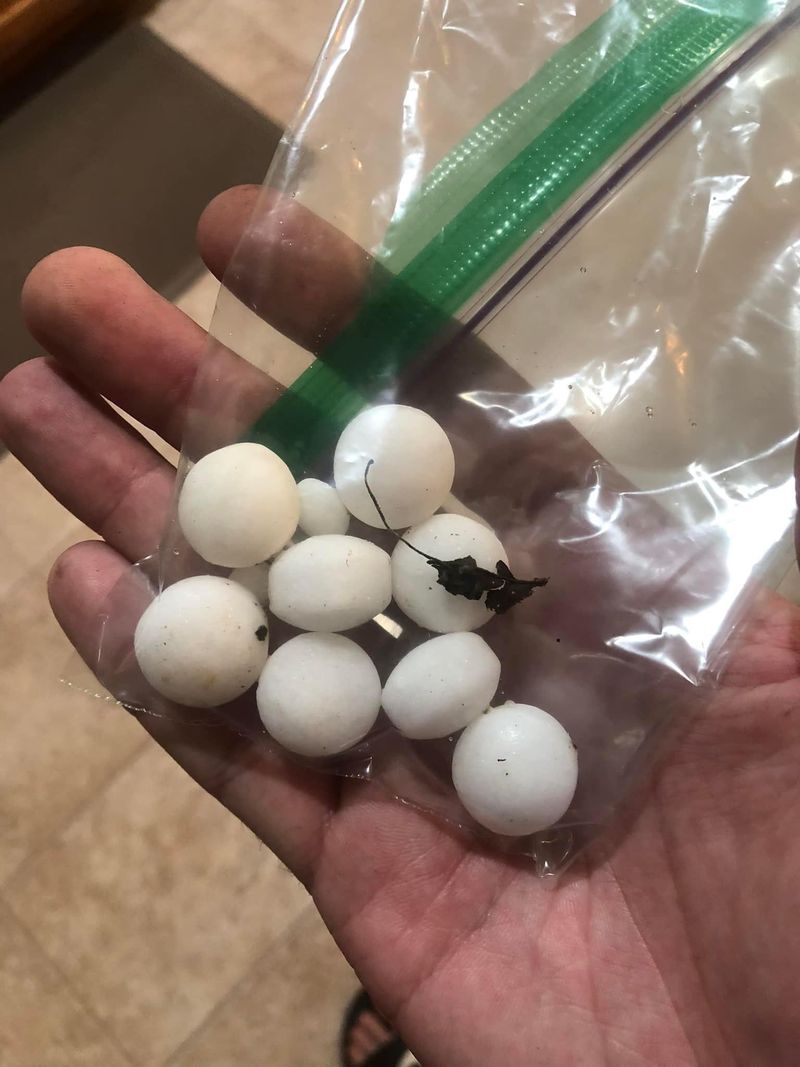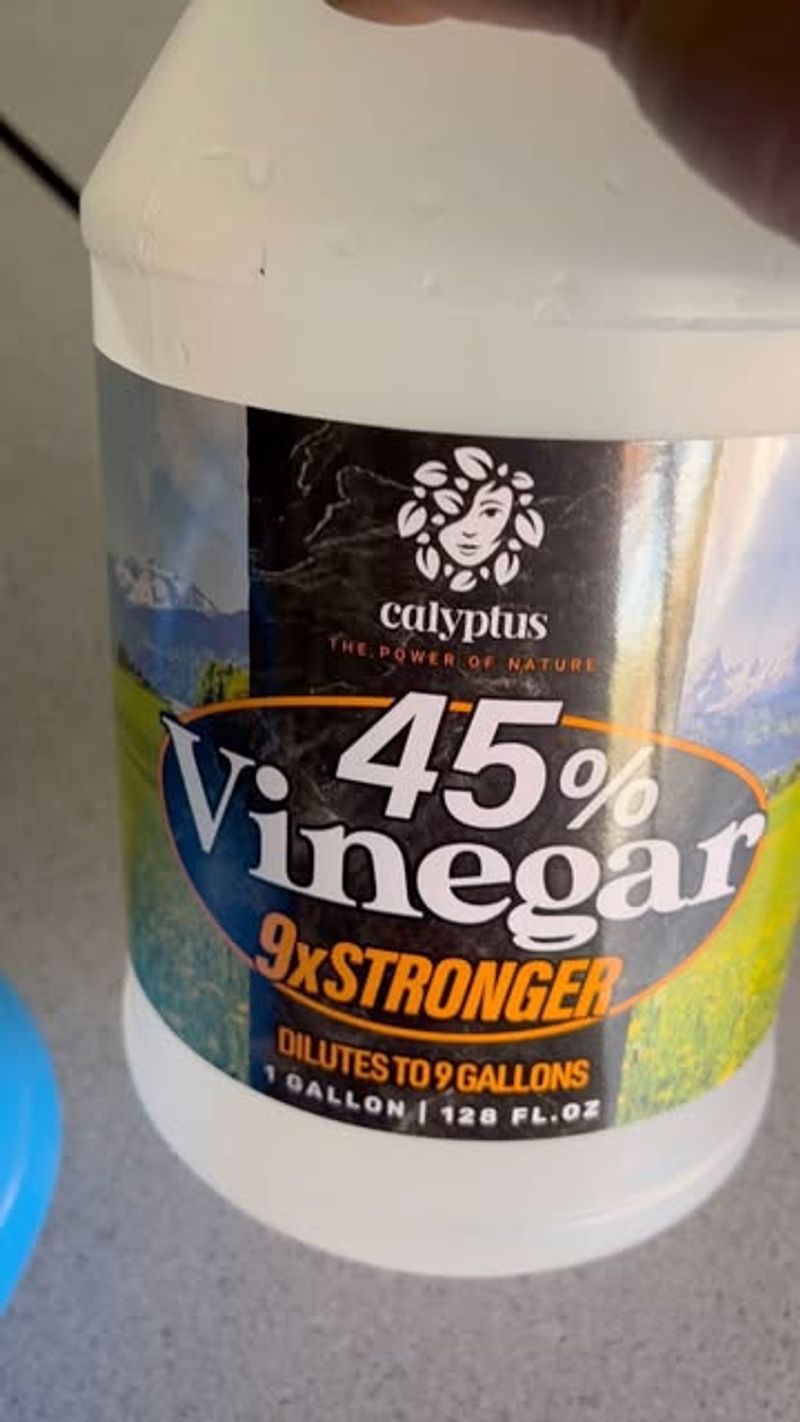If you’ve ever stepped into a soft spot in your lawn only to realize a mole’s been tunneling beneath it, you’re not alone. These little guys may be tiny, but they sure know how to wreck a yard fast. I’ve had my share of mole battles, and it’s enough to make you want to scream.
The good news? You don’t have to resort to traps or chemicals to reclaim your lawn. Moles have incredibly sensitive noses, and certain smells send them packing. Once I figured that out, it was a total game-changer for my garden.
From natural oils to common kitchen scraps, there are surprisingly simple ways to make your yard less appealing to these diggers. Here are 16 scents that helped me get the upper hand—without harming the garden or the critters.
1. Castor Oil
Gardens plagued by moles can find relief with this natural solution. The strong, distinctive odor irritates moles’ sensitive noses and disrupts their ability to find food.
Mix a few tablespoons with water and dish soap in a spray bottle, then apply to mole tunnels and entry points. The solution won’t harm your plants or soil.
I was skeptical at first, but after applying it to my mother’s vegetable garden, the mole damage stopped within days. Just reapply after heavy rain for continuous protection.
2. Garlic
Nothing sends moles packing faster than the pungent aroma of garlic. Their ultra-sensitive noses can’t handle the strong sulfur compounds found in this kitchen staple.
Simply crush several cloves and place them directly into mole tunnels, or create a potent spray by steeping minced garlic in water overnight. The smell permeates the soil and creates an invisible barrier.
My neighbor swears by this method after trying expensive commercial repellents with no success. The garlic approach cleared her yard within a week.
3. Peppermint Oil
The refreshing scent humans love becomes unbearable for moles when concentrated. Their delicate nasal passages become irritated by the menthol compounds, making your yard an uncomfortable place to live.
Soak cotton balls in peppermint oil and place them around tunnel entrances or mix 15-20 drops with water in a spray bottle. The cooling sensation we enjoy actually burns their sensitive noses.
During last summer’s mole invasion, I used this method around my flower beds. While I enjoyed the minty fresh garden, the moles promptly relocated to my less fragrant neighbor’s yard!
4. Coffee Grounds
Your morning coffee ritual can double as mole control. Used coffee grounds carry a strong scent that overwhelms moles’ sensitive olfactory systems while being completely garden-friendly.
Sprinkle the grounds directly into tunnel openings or work them into the top layer of soil around problem areas. Many gardeners report success with regular applications, especially after rainfall.
After collecting grounds from our office coffee machine for a week, I treated my front lawn’s mole problem. Not only did the moles leave, but my plants seemed to appreciate the slight acidity boost!
5. Marigolds
These bright flowers aren’t just pretty additions to your garden—they’re natural mole deterrents. Their roots release a compound that creates an offensive odor moles actively avoid.
Plant marigolds as borders around gardens or intersperse them throughout your yard in areas with mole activity. The roots work underground where the moles travel, creating invisible barriers.
Last spring, I planted marigolds throughout my vegetable garden after battling moles for months. It was the first season I harvested carrots without finding teeth marks or missing roots!
6. Eucalyptus Oil
The powerful menthol-like scent of eucalyptus disrupts moles’ ability to detect food sources underground. When they can’t reliably find worms and grubs, they’ll move to more hospitable territory.
Create a spray by adding 15-20 drops to water with a bit of dish soap to help it mix. Apply around tunnel entrances and along boundaries where you want to create a protective barrier.
During a particularly bad mole season, I soaked rags in diluted eucalyptus oil and stuffed them into active tunnels. The fresh scent was pleasant for my family but sent the moles packing within days.
7. Chili Pepper
The capsaicin in hot peppers creates a burning sensation that moles absolutely cannot tolerate. Their sensitive noses and paws become irritated when they encounter this spicy deterrent.
Sprinkle cayenne pepper or red pepper flakes directly into and around mole tunnels. You can also create a spray by steeping hot peppers in water overnight and adding a drop of dish soap.
My grandfather always used this trick in his prize-winning garden. He claimed the moles would exit so quickly after a chili pepper application that you could almost see the dust clouds behind them!
8. Cedar Oil
The woody, intense aroma of cedar oil contains compounds that naturally repel many pests, including our tunneling friends. Moles find the terpenes in cedar overwhelming to their sensitive noses.
Apply cedar oil to cotton balls and place them in tunnel entrances, or dilute with water to create a spray for larger areas. The pleasant scent lasts for several weeks, creating a long-lasting barrier.
After trying numerous commercial products, cedar oil was what finally worked for my sister’s extensive mole problem. She now does a preventative application every spring before the moles become active.
9. Onions
The sulfuric compounds that make us cry when cutting onions cause moles significant discomfort. Their heightened sense of smell makes onions particularly offensive and irritating to their respiratory systems.
Chop onions into small pieces and place them directly into mole tunnels. The smell penetrates the soil and creates an environment moles find uninhabitable.
When moles invaded my tomato beds, I planted onions throughout as companions. Not only did I get a double harvest, but the mole damage stopped completely. Nature’s two-for-one special!
10. Lavender
Humans may find lavender calming, but moles have the opposite reaction. The intense floral scent overwhelms their sensitive olfactory receptors and masks the smell of their prey.
Plant lavender throughout your garden or use lavender essential oil on cotton balls placed near tunnel entrances. The pleasant aroma creates an invisible boundary moles won’t cross.
After planting a lavender border around my herb garden three years ago, I haven’t seen a single mole hill in that area. It’s become my go-to recommendation for friends with mole problems.
11. Citrus Peels
The oils in citrus peels contain limonene, a compound that creates a burning sensation in moles’ noses and paws. What smells refreshing to us feels like fire to these underground pests.
Save orange, lemon, and grapefruit peels from your kitchen. Cut them into small pieces and place them directly into tunnel entrances or scatter throughout problem areas.
I started saving all our family’s citrus peels last summer when moles appeared. After a few weeks of consistent application, the tunneling stopped completely. Plus, it’s a great way to recycle kitchen waste!
12. Predator Urine
Moles have evolved to recognize the scent of predators like foxes and coyotes. The smell triggers their survival instincts, causing them to avoid areas where they detect these threatening odors.
Commercial predator urine can be purchased online or at garden centers. Apply it around the perimeter of your yard or directly into active tunnels according to package directions.
Though it sounds strange, this method has been used by farmers for generations. When I tried it at my country home, the mole activity stopped within days—nature’s way of keeping the balance.
13. Pine Oil
The strong, resinous scent of pine creates sensory overload for moles. Their underground hunting depends on detecting subtle smells of prey, which becomes impossible with pine’s overwhelming aroma.
Soak pine needles in water to create a natural spray, or use pine essential oil on cotton balls placed in tunnel entrances. You can also mulch with pine needles in problem areas.
Living near a pine forest, I’ve noticed significantly fewer mole problems than my friends across town. When they started using pine oil treatments, they reported similar success—nature’s solution was right in our backyard!
14. Fish Emulsion
While gardeners use fish emulsion as fertilizer, its intense odor makes it a powerful mole deterrent. The smell of decaying fish overwhelms moles and disrupts their sensitive navigation systems.
Mix commercial fish emulsion according to package directions and apply to your soil. This dual-purpose treatment feeds plants while creating an environment moles find repulsive.
During my master gardener course, our instructor demonstrated this method. Despite the initial strong smell (which fades for humans after a day), it worked remarkably well in the demonstration garden while improving plant health!
15. Moth Balls
The chemical naphthalene in moth balls creates an intense odor that penetrates deep into mole tunnels. Their sensitive respiratory systems cannot tolerate this strong smell, forcing them to relocate.
Place moth balls directly into active tunnels, wearing gloves to handle them. Be cautious using this method if you have pets or children who might access treated areas.
My elderly aunt has sworn by this old-school method for decades. When nothing else worked for my persistent mole problem last year, I tried her advice—the moles were gone within 48 hours!
16. Vinegar
Common household vinegar creates an acidic environment that moles find deeply unpleasant. Their sensitive skin and nasal passages become irritated when they encounter this strong-smelling liquid.
Mix equal parts white vinegar and water in a spray bottle. Apply directly to tunnel entrances and problem areas, reapplying after rainfall or every few days until activity stops.
During a particularly frustrating mole invasion, I tried this simple pantry solution out of desperation. To my surprise, it worked better than expensive commercial repellents—proving sometimes the simplest solutions are the most effective!

